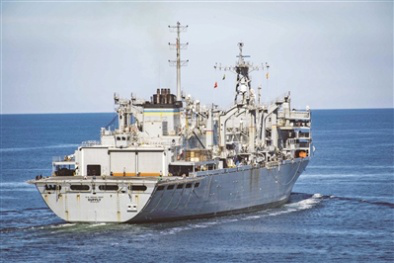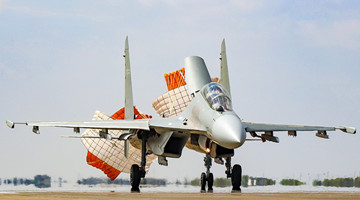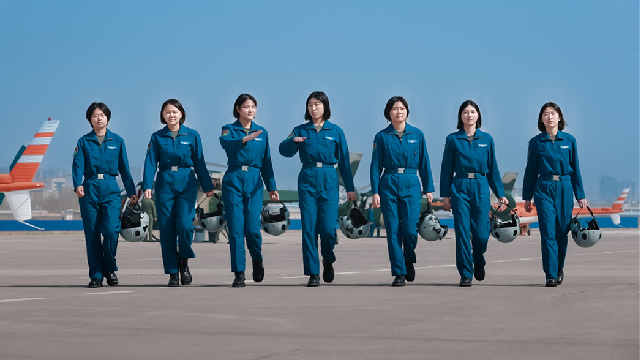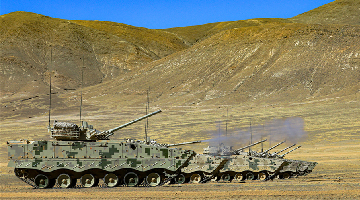
By Lin Yuan
On June 8, a US Navy Supply-class fast combat support ship participates in the 49th Baltic Operations (BALTOPS 2020) maritime-focused exercise, the premier maritime-focused exercise in the Baltic Region.
Recently, in the context of the continuous escalation of the Russian-European game and the constant conflict between the United States and its allies, NATO’s 49th Baltic Operations,a high-profile multi-national maritime-focused exercise, has sparked widespread concern. Analysts pointed out that the NATO-related display of military strength will have a negative impact on the security situation in Europe in the future.
The exercise is different from previous ones.
The Baltic Operations (BALTOPS 2020) exercise, which is held on an annual basis, has been held since 1971 and was led by the US naval forces stationed in Europe. This year's exercise is scheduled to run from June 7 to 16, with more than 3,000 military personnel from 19 participating countries, including the US. Compared with past events, the 49th exercise has three major features:
First, it attaches great emphasis to coordination. It is the first time that the BALTOPS 2020 has been commanded by a command post located in Lisbon, Portugal, where NATO has a maritime headquarters. NATO claimed that the move aims to test the coordinated combat capabilities of the Command Center in Lisbon with the US Navy’s 6th Fleet Headquarters in Naples, NATO operations centers, and forces in the Baltic Sea.
Second,it highlights actual combat. This exercise starts from the basic conception of dealing with the strong enemy in a maritime operation, and mainly takes the subjects of air-defense, anti-submarine, and mine countermeasure operations.
Third, it tries to circumvent the COVID-19 epidemic. According to the US military's Stars and Stripes newspaper, in the previous exercises of this kind, the US Marines usually took landing ships to Lithuania and other countries to carry out amphibious assault training. The landing site was near Kaliningrad,the Russian exclave. Out of concerns about the possibility of contracting the COVID-19 caused pneumonia, the US Marine Corps has canceled the amphibious landing and assault drill during this exercise, marking the first of its kind in the BALTOPS.
Russia is paying close attention.
According to Vice Adm. Lisa Franchetti, commander of the U.S. Navy's 6th Fleet, the BALTOPS-2020 would not pose a threat to any country, nor would it cause an escalation of tension between Russia and Europe. In this regard, the National Defense Management Center of the Russian Federation (NTSUOG) released news on June 8, saying that Russia’s Baltic Fleet would closely track the exercise.
First, it is to strengthen the defense. According to the Russian TASS report, Russia’s Western Military District said on June 5 that it had strengthened its defense forces facing the Baltic Sea Region. Second, it is to strengthen reconnaissance and surveillance. The RIA Novosti reported on June 8 that the Russian Navy's Baltic Fleet is closely monitoring the movements of NATO's BALTOPS-2020. Then, it is to strengthen public pressure. First Deputy Chairman of the State Duma’s Defense Committee Andrei Krasov noted that BALTOPS 2020 held near the Russian borderis very likely to target Russia, and the move taken by the NATO under the context of the COVID-19 pandemic around the world is apparently improper. Krasov pointed out that Russia is supposed to hold large-scale exercise in its territory and further strengthen military strength building in response to the NATO exercise.
European security is at stake.
At a time when the COVID-19 epidemic rages in Europe and Russia calls on NATO to suspend military exercises, NATO still chose to hold the 49th Baltic Operations exercise, highlighting the military bloc’s anxieties over Russia’s strategic threats and its attention to strengthen its combat readiness in Europe.
Looking to the future, member states of NATO in Europe will inevitably enhance their "cooperation and coordination" to increase their military strength and combat readiness,responding to the so-called Russian threats under the context of reducing US military presence in Europe and increasing US-European divergences.
When talking about the NATO 2030, a new initiative outlining the alliance's strategy over the next decade, NATO Secretary-General Jens Stoltenberg said that Russia's continuous military operations are the most important challenges facing NATO in the next decade, and NATO must thereby be "military and politically stronger". In the future, NATO may further increase its strategic containment of Russia and ensure its operational advantages over Russia employing advancing the deployment of troops, strengthening actual combat training, and promoting the building of integrated combat capabilities.
At the same time, Russia may take advantage of opportunities such as increased rift in transatlantic partners and numerous contradictions within NATO to strengthen its deterrence capacity building and front line military deployment against Europe while focusing on its strategic nuclear power and frontier military power building. While narrowing the gap between the conventional military strength of European NATO member states, Russia has continuously strengthened its strategic advantages and strived to gain an upper hand in bilateral strategic games and military confrontations. In the future, the military confrontation between Russia and NATO may become the norm. The risk of "accidental conflicts" between the two parties due to the display of military strength deserves close attention.









